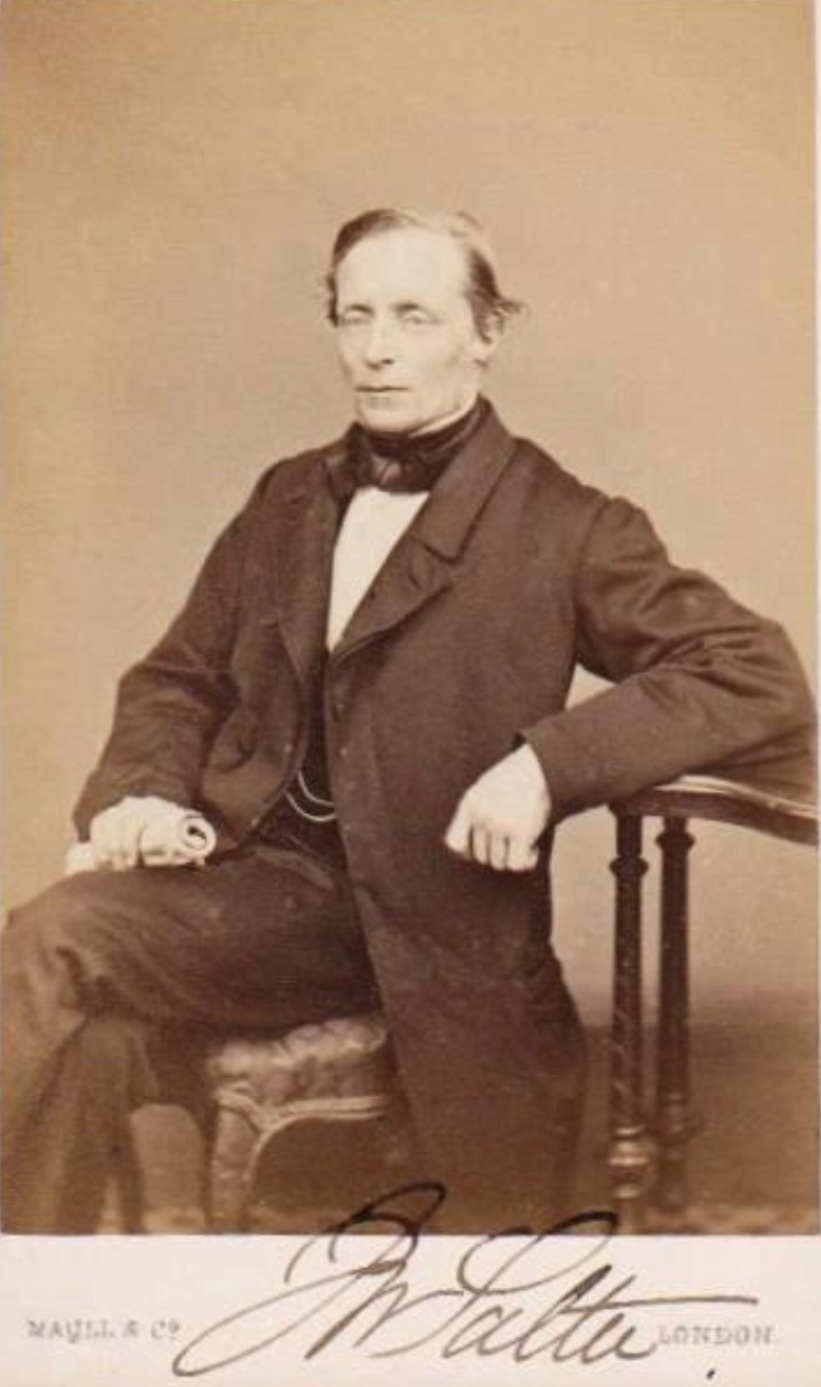John William Salter
 John William Salter (15 December 1820 – 2 December 1869) was an English naturalist, geologist, and palaeontologist.
John William Salter (15 December 1820 – 2 December 1869) was an English naturalist, geologist, and palaeontologist.Salter was apprenticed in 1835 to James De Carle Sowerby, and was engaged in drawing and engraving the plates for Sowerby's ''Mineral Conchology'', the ''Supplement to Sowerby's English Botany'', and other natural history works. In 1842, he was employed for a short time by Adam Sedgwick in arranging the fossils in the Woodwardian Museum at Cambridge, and he accompanied the professor on several geological expeditions (1842–1845) into Wales.
Salter was born in Pratt Place, Camden Town, the son of John Salter (1779–1837), a banking clerk, and his wife, Mary Ann. His birth was registered at Dr. William's Library near Cripplegate, London. In 1846, Salter married Sally, daughter of James De Carle Sowerby, and eventually fathered seven children with her. Also in 1846, Salter was appointed on the staff of the Geological Survey and worked under Edward Forbes until 1854. He succeeded Forbes as palaeontologist to the survey and gave his chief attention to the Palaeozoic fossils, spending much time in Wales and the border counties. He contributed the palaeontological portion to Andrew Crombie Ramsay's ''Memoir on the Geology of North Wales'' (1866), assisted Roderick Murchison in his work on ''Siluria'' (1854 and later editions), and Adam Sedgwick by preparing ''A Catalogue of the Collection of Cambrian and Silurian Fossils contained in the Geological Museum of the University of Cambridge'' (1873).
In the very early 1860's, whilst collecting fossils in South West Wales as part of his duties for the British Geological Survey, Salter was examining coastal exposures by boat around the St Davids peninsula and landed in the small inlet of Porth-y-rhaw, in the mistaken belief that it was Solva Harbour a short distance to the east. In 1862, whilst investigating the eastern cliff section and in strata now known as the Menevia Formation (Rees ''et al''., 2014, p. 73) Salter discovered remains of one of the largest trilobites ever found (over 50 cm long) and which, in 1863, he named ''Paradoxides davidis'' after his friend David Homfray (1822–1893), an amateur fossil collector from Porthmadog, North West Wales. For many years and up to the time of his death, Homfray was Clerk to the Justices of the Peace for the Penrhyndeudraeth Division.
Encouraged by Salter, Homfray made many important fossil discoveries in the Porthmadog district, Gwynedd, especially within the Tremadocian rocks, and Salter named several species after Homfray to honour his efforts, e.g. ''Niobe (Niobella) Homfrayi'' (Salter, 1866, p. 143, pl. 20, fig. 9.), ''Asaphus Homfrayi'' Salter (1866) – now ''Asaphellus homfrayi'' (Salter) – see Morris (1988): Lectotype, from Garth Hill, near Porthmadog, and ''Conularia Homfrayi'' Salter; undifferentiated Type, also from Garth Hill. [(Salter 1866, p. 354, pl. 10, fig. 11); Salter (1873, p. 18, p. 323); Woods, H. (1891, p. 119)].
From the Clogau Formation of Waterfall Valley near Maentwrog, Homfray also discovered for the first time in Britain, ''Conocoryphe coronata'' Barrande, 1846, and another species named in his honour, ''"Conocoryphe" Homfrayi'' Salter, subsequently assigned to '' Ptychoparia'', Hawle and Corda, 1847.
In 1865 Salter collaborated with Henry Woodward to produce a Chart of Fossil Crustacea. and in the same year published a paper on some Additional Fossils from the ''Lingula''-Flags. in which he named several trilobite species that were subsequently described by Hicks (1872).
Salter prepared several of the ''Decades of the Geological Survey'' and became the leading authority on trilobites. He resigned his post on the Geological Survey in 1863 and committed suicide on 2 December 1869 by throwing himself into the Thames. He was buried on the eastern side of Highgate Cemetery in an unmarked grave (no.15356). At the time of his death he had barely completed the illustrated 'Catalogue of Cambrian and Silurian Fossils' (q.v.) in the Woodwardian Museum and he left unfinished a 'Monograph of British Trilobites,’ published by the ''Palæontographical Society'' (1864–1867).
He was elected an associate of the Linnean Society in 1842, made a fellow of the Geological Society of London (FGS) in 1846, and in 1865 was awarded the Wollaston donation-fund by the Geological Society. Provided by Wikipedia


